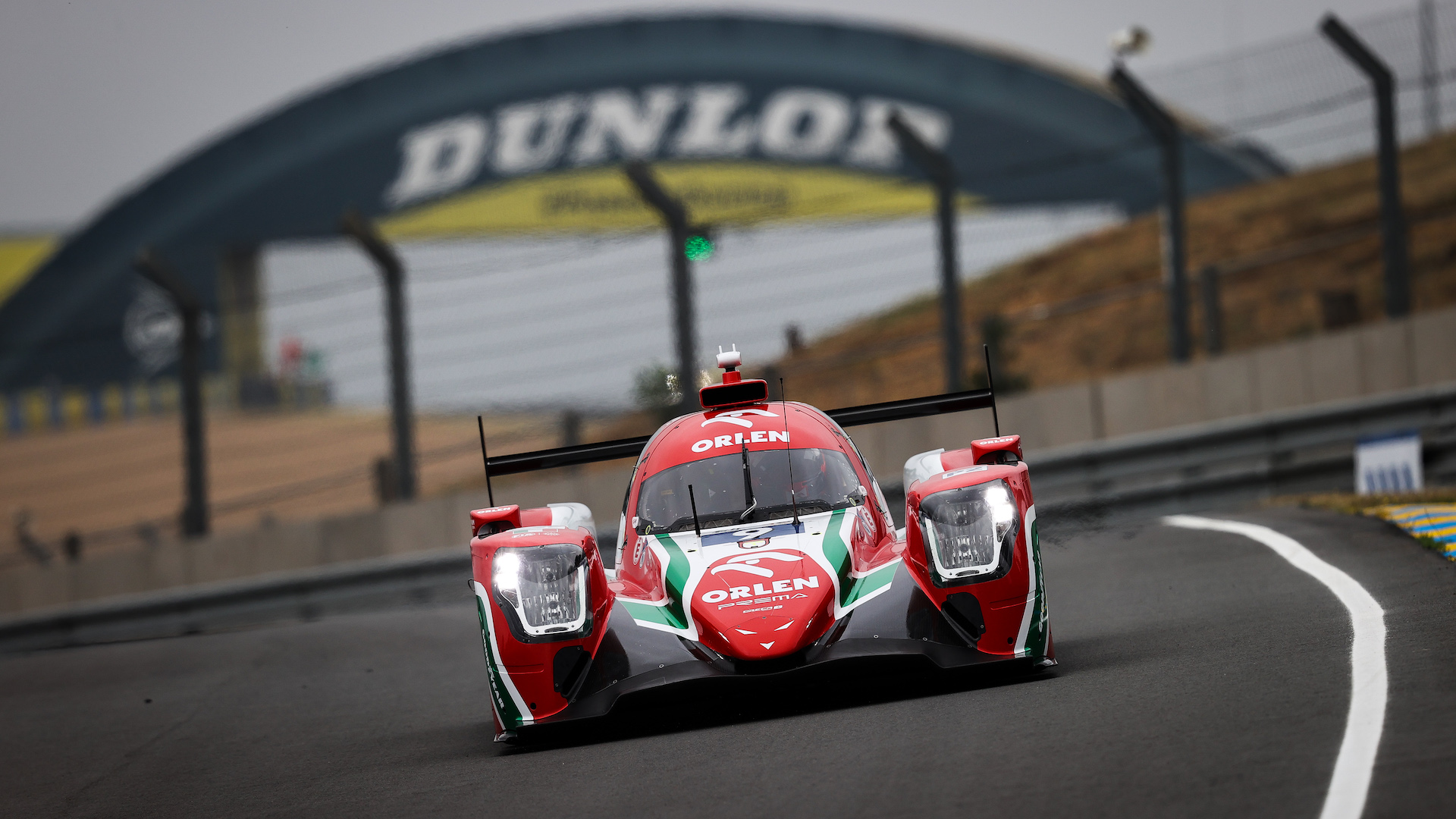

It’s the 90th running of the 24 Hours of Le Mans this weekend, and the LMP2 class—the second-highest category in the legendary race—has a staggering 27 entries. That’s more than either the GT and Hypercar categories. And even with the LMDh class next year, nothing’s going to challenge the LMP2 class for sheer numbers, really. As a result, this makes it the class to watch come race day.
Here’s why: LMP2 isn’t a new invention. It’s, in fact, the total opposite of that. Although the category has been around since 2011, the current chassis and engine regulations have been in place since 2017 and are set to run a lengthy seven years through to 2024.

Essentially a spec category, LMP2 is a prototype sports car that’s not road legal or based on any road-legal car. It’s similar, in appearance, to the mighty LMP1-H cars with complex factory-backed hybrid systems using MGU-Hs before Formula 1 did. The humble LMP2s, however, are simple combustion cars that are intended to be relatively driveable to people not used to piloting high-tech spaceships.
As the second-fastest category in endurance racing, LMP2 has a naturally aspirated Gibson engine that chucks out a regulated maximum of 560 horsepower, in order to keep it slower than the strangled Hypercars. Before, when LMP2 was racing behind 1,000 horsepower hybrid monsters, it was allowed free rein up to 600 hp, but the strange contortions of the rules have had to give it a pinch over the last two years.
There are potentially several chassis suppliers but, in reality, everyone uses an Oreca, bar one single team this year persisting with a Ligier. So fundamentally, this is a category where everyone has the same equipment and it’s about how you maximize that and keep it going across the endurance events. How good your driver lineup is, whether you make the right call on strategies, etc. That’s the kind of competition that racing teams (and fans) love, with basically as flat a starting plane as you can get.

LMP2 has one other big advantage: it can accommodate amateur drivers. If you’re a multi-millionaire who likes cars enough to want to bang around track days in a high-power Lambo, then you’re someone who can make your dreams of racing at Le Mans and Daytona come true.
Finances in racing can be hard to work out. Just the tires for a 24-hour race will cost in excess of $115,000, according to figures I’ve been quoted by GT car teams. So when you factor in everyone working in the garage, the freight, the equipment, the fuel, the spare parts, the lubricants, the accommodation, the catering… the endless list gets pretty pricey real fast.
Amateurs don’t have access to the big and even more expensive factory cars, but in the relatively simple LMP2 class you can get as close as any randomly rich individual can to racing in first-class equipment at a world-class race. Sure, you could use a lower budget to buy a turn in a lower-class GT car but why aim lower. What’s an extra million when you’re already going all out?
Every year, amateur drivers bring over hefty funds to go racing and the WEC has specifically changed its rules (making a lot of people very angry) to encourage more of them—for obvious reasons. Especially in a year where delays to Peugeot’s Hypercar and the still-pending LMDh arrivals make the top class look a little depleted, it’s in the organizers’ interests to make the field look nice and full with the help of LMP2 amateurs.

This year we’ll also see the youngest-ever driver at Le Mans, American racer Josh Pierson. He’ll be 16 years and 117 days old on race day, beating the previous record by about 100 days. The more amateurs in the field, the more entries there are, so for every millionaire out there living their racing dreams, there’s a young karter who’s getting to see through theirs in a category like LMP2.
Lastly, and maybe the most tantalizing thing about LMP2, is that there are only five cars in the class ahead of it this year. The two Toyotas, the two Glickenhaus, and the lone Alpine in the Hypercar class. Five cars failing to finish the race is easily within the imagination of the Le Mans 24, especially in what’s a relatively new category. This means LMP2 actually has a chance of an outright win or at least podium, with its five-year-old regulations and semi-amateur field.
Got a story tip? Mail it in to tips@thedrive.com